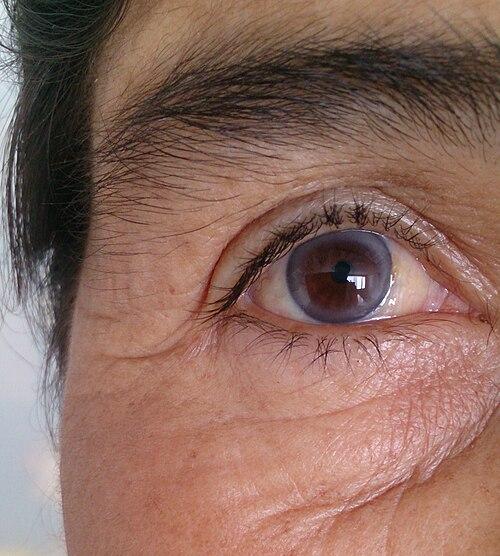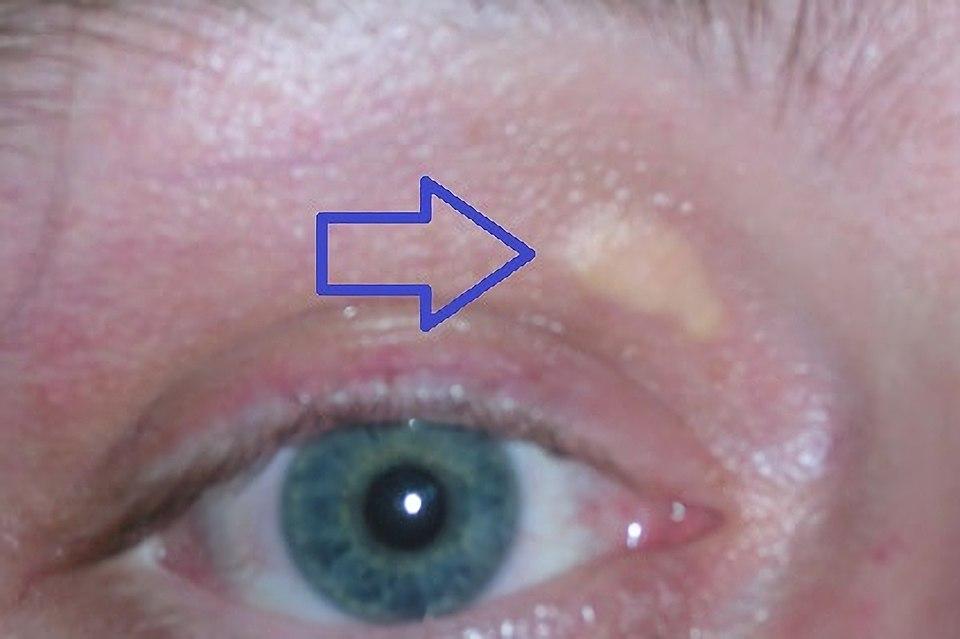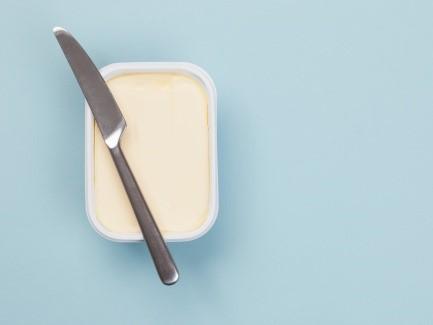Hyperlipidämie
Peer reviewed by Dr Colin Tidy, MRCGPLast updated by Dr Toni Hazell, MRCGPLast updated 24 Jul 2025
Erfüllt die Anforderungen des Patienten redaktionelle Richtlinien
- HerunterladenHerunterladen
- Teilen Sie
- Sprache
- Diskussion
In this series:High cholesterolFamilial hypercholesterolaemiaStatins and other lipid-lowering medicines
Hyperlipidämie bedeutet einen hohen Cholesterin- oder Triglyceridspiegel im Blut.
In diesem Artikel:
Lesen Sie unten weiter
What causes hyperlipidaemia?
Hyperlipidaemia is often found when people are overweight or have an unhealthy diet. It can also be the result of drinking too much alcohol. It can be something that you may have inherited through your family genes (known as primary hyperlipidaemia) and approximately 1 person in 500 will have this cause.
Andere Bedingungen
It may be because of another medical condition that you may have, such as diabetes, when it is known as secondary. Other causes include:
Medicine side-effects
Some prescribed medicines can affect your cholesterol level, including:
Thiazide diuretics (used to control blood pressure).
Ciclosporin (used after organ transplants).
Antiretroviral therapy (used to treat HIV infection).
Beta-blockers (used to control heart rate).
Atypical antipsychotics (used in some mental health problems).
Retinoic acid derivatives (used in some skin conditions).
How do I know if I have hyperlipidaemia?
Hyperlipidaemia is often found during routine screening when your doctor is trying to assess your risk of having heart attacks or strokes. This may be as part of an annual health check if you are over 40 years of age, or if you have a close relative who had these problems at a young age.
Usually, the diagnosis is made after a blood test. It used to be the case that we always asked people to fast (not eat) for 8-12 hours before the blood test, but this is now usually not needed. The person who requests the blood test will tell you if you need to fast for it.
There are also changes that may be visible on your body if you have the inherited form of hyperlipidaemia:
Premature arcus senilis - this is a white or grey ring that is visible when your doctor looks at the front of your eyes.
Arcus senilis

Afrodriguezg, CC BY-SA 4.0, via Wikimedia Commons
Tendon xanthomata - these are hard nodules that you may find in the tendons of the knuckles and the Achilles (at the back of your ankle).
Xanthelasmen - Fettablagerungen an den Augenlidern.
Xanthelasma_palpebrarum

Bobtheowl2 at the English Wikipedia, CC BY-SA 3.0 , via Wikimedia Commons
See the separate leaflet called Familial hypercholesterolaemia.
Lesen Sie unten weiter
What can I do to lower my lipid levels?
Hyperlipidaemia can be treated both by eating a healthy diet and by taking a medicine to reduce your cholesterol level. It is also very important to lower any other risk factors for cardiovascular diseases, such as doing regular physical activity and not smoking. See the separate leaflet called Cardiovascular disease (Atheroma) for more information.
The decision as to whether you need medication is usually taken by your healthcare professional by putting your information into an online calculator. This uses a variety of factors to predict your risk of having a cardiovascular event such as a heart attack or stroke. If your risk is over 10% then you will usually be offered medication, however if you would like to first try diet and other lifestyle change then you can do that and arrange a re-test in 6-12 months. Some people are always offered medication, with no need to do a risk calculation. This includes those who have already been found to have arterial disease (for example, angina, heart attack, stroke), and those who have type 1 diabetes, chronic kidney disease, or a type of raised cholesterol which is inherited.
Diät
Changing from an unhealthy diet to a healthy diet can reduce a cholesterol level. However, dietary changes alone rarely lower a cholesterol level enough to change a person's risk of cardiovascular disease from a high-risk category to a lower-risk category. A healthy diet has other benefits too, apart from reducing the level of cholesterol. See also the separate leaflet called Healthy eating.
Medikation
If you are at high risk of developing a cardiovascular disease then medication is usually advised along with advice to tackle any lifestyle issues, including diet. Medication can be used to lower your cholesterol or triglyceride level, usually with a statin medicine. Read more about statins and other lipid-lowering medicines for further details. Most medication is taken by mouth, but there is some newer medications (for example, evolocumab and incliseran) which are given by injection. They are usually prescribed by specialists rather than by GPs.
Patienten wählen aus für Hoher Cholesterinspiegel

Herzgesundheit und Blutgefäße
Hoher Cholesterinspiegel
Cholesterin ist ein chemisches Fett (Lipid), das in den Zellen Ihres Körpers gebildet wird. Viele verschiedene Zellen stellen Cholesterin her, aber die Zellen in der Leber machen etwa ein Viertel der Gesamtmenge aus. Sie brauchen etwas Cholesterin, um gesund zu bleiben.
von Dr. Rosalyn Adleman, MRCGP

Herzgesundheit und Blutgefäße
Familiäre Hypercholesterinämie
Familiäre Hypercholesterinämie ist ein vererbter hoher Cholesterinspiegel. Dabei handelt es sich um einen Zustand, bei dem Sie einen sehr hohen Cholesterinspiegel im Blut haben.
von Dr. Colin Tidy, MRCGP
Weiterführende Literatur und Referenzen
- Herz-Kreislauf-Erkrankungen: Risikobewertung und -senkung, einschließlich LipidmodifikationNICE-Leitlinien (Dezember 2023)
- Familiäre Hypercholesterinämie: Erkennung und BehandlungNICE Clinical Guideline (2008, zuletzt aktualisiert im Oktober 2019)
- Leitlinien für die Behandlung von Dyslipidämien: Lipidmodifikation zur Verringerung des kardiovaskulären RisikosEuropäische Gesellschaft für Kardiologie/Europäische Gesellschaft für Atherosklerose (2019)
- Lipidmodifikation - CVD-PräventionNICE CKS, März 2025 (nur im Vereinigten Königreich zugänglich).
- 2021 Europäische Leitlinien zur Prävention von Herz-Kreislauf-Erkrankungen in der klinischen PraxisEuropäische Gesellschaft für Kardiologie (2021)
- Hypercholesterinämie - familiärNICE CKS, April 2024 (nur UK Zugang)
Lesen Sie unten weiter
Artikel Geschichte
Die Informationen auf dieser Seite wurden von qualifizierten Klinikern verfasst und von Fachleuten geprüft.
Nächste Überprüfung fällig: 23. Juli 2028
24 Jul 2025 | Neueste Version
14 Oct 2011 | Originally published

Fragen, teilen, verbinden.
Stöbern Sie in Diskussionen, stellen Sie Fragen, und tauschen Sie Erfahrungen zu Hunderten von Gesundheitsthemen aus.

Fühlen Sie sich unwohl?
Beurteilen Sie Ihre Symptome online und kostenlos
Sign up to the Patient newsletter
Your weekly dose of clear, trustworthy health advice - written to help you feel informed, confident and in control.
By subscribing you accept our Privacy Policy. You can unsubscribe at any time. We never sell your data.